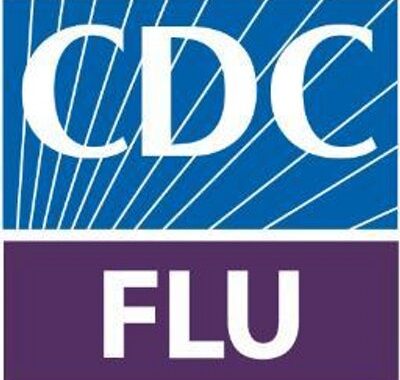In late 2025, the U.S. Centers for Disease Control and Prevention (CDC) made a major…
The Importance of Proper Disposal of Single-Use Items
In July, the Colorado Department of Public Health and Environment (CDPHE) reported that that a Colorado oral surgeon, Dr. Stephen Stein, is being investigated for improperly reusing contaminated disposable needles and syringes on patients during oral and facial surgery procedures for over ten years, possibly exposing the patients to HIV, HBV, and other bloodborne pathogens. As part of the investigation, CDPHE contacted more than 8000 patients and former patients urging them to get tested for HIV, HBV, and HCV. Since the announcement, three possible infections have been linked to Dr. Stein’s failure to follow infection control standards.
Infection control and prevention is critical to ensuring the health and safety of employees and patients in a dental office and is required by law. If what is alleged is true, Dr. Stein failed to follow accepted and required infection control principles.
Both Federal OSHA and CDC call for disposing of single-use items after one-time use. The CDC Guidelines for Infection Control in Dental Health-Care Settings – 2003 states that “a single-use device, also called a disposable device, is designed to be used on one patient and then discarded, not reprocessed for use on another patient (e.g. cleaned, disinfected, or sterilized). In the Bloodborne Pathogens Standard – 29 CFR 1910.1030, Federal OSHA requires disposable needles and syringes to “be promptly placed in a puncture-resistant container” before disposal.
Single-use devices in dentistry are usually not heat–tolerant and cannot be reliably cleaned.” Because of the physical design of certain equipment such as burs and endodontic files, cleaning and sterilizing can be difficult.
Examples of other single use items include prophylaxis cups and brushes, plastic orthodontic brackets, prophy angles, saliva ejectors, high-volume evacuator tips, and air/water syringe tips. If you are unsure whether or not an item is considered single-use, check the label or contact the device manufacturer. Failure to follow proper disposal of these items can pose a serious exposure to both employees and patients.



